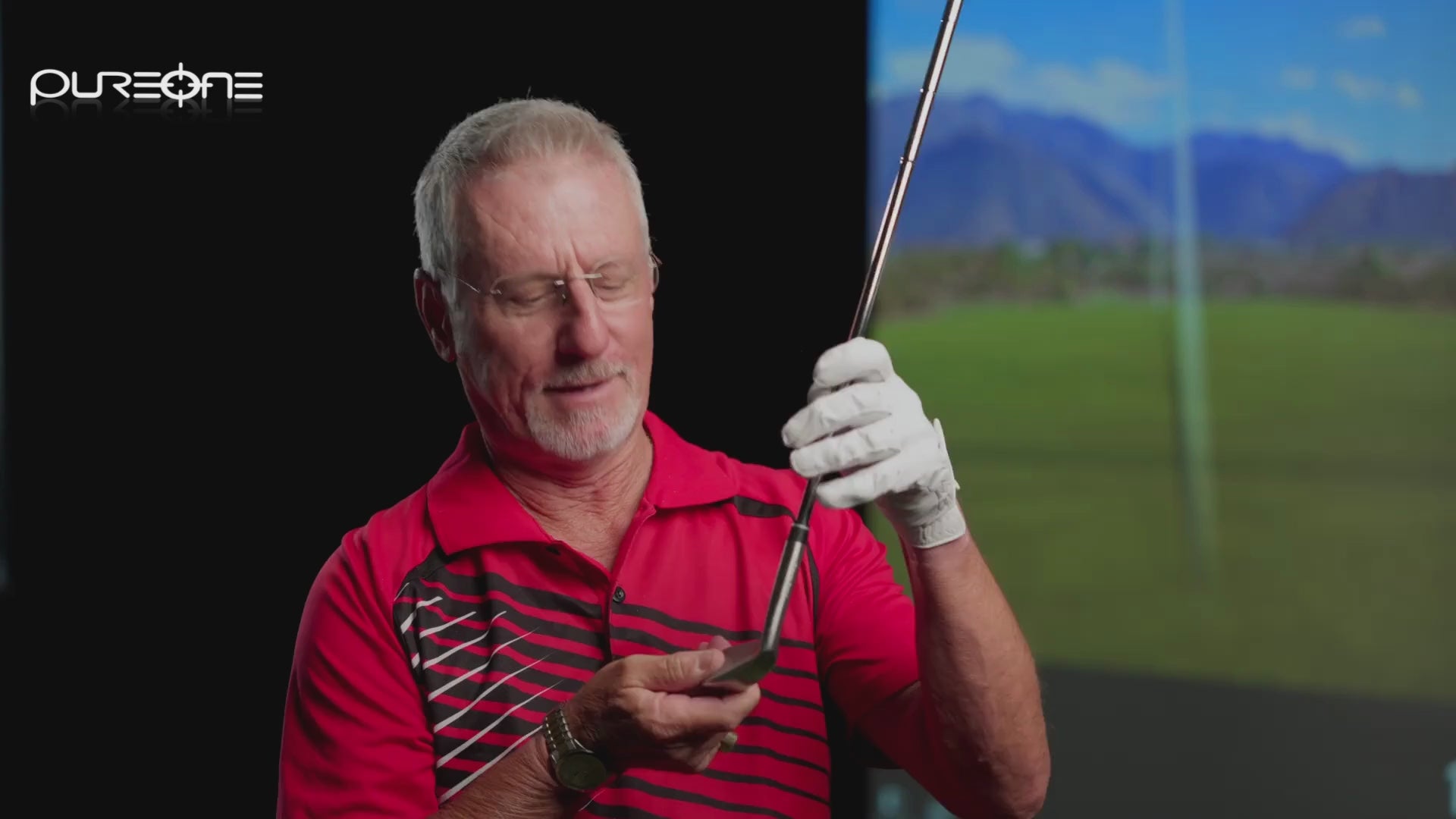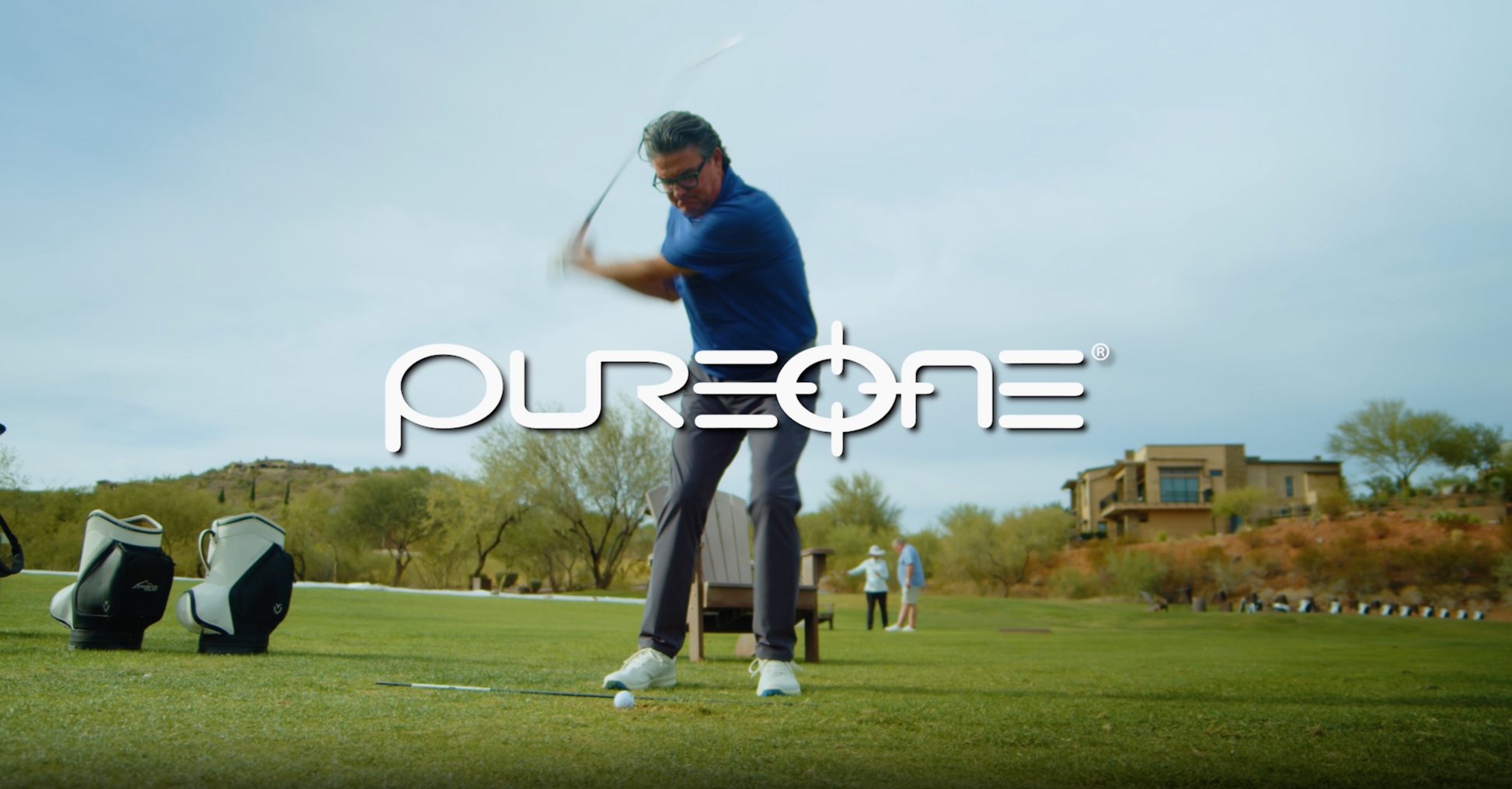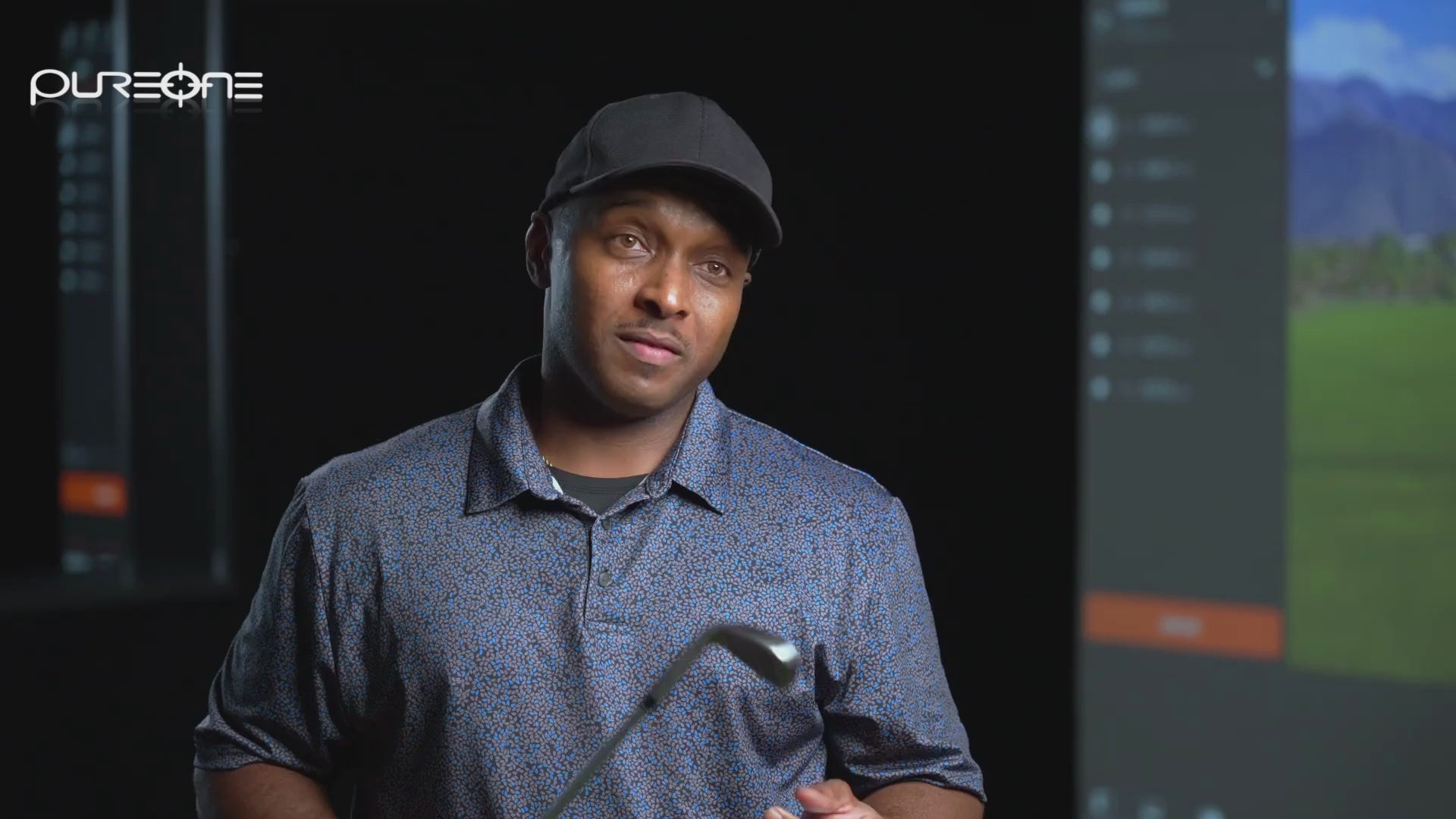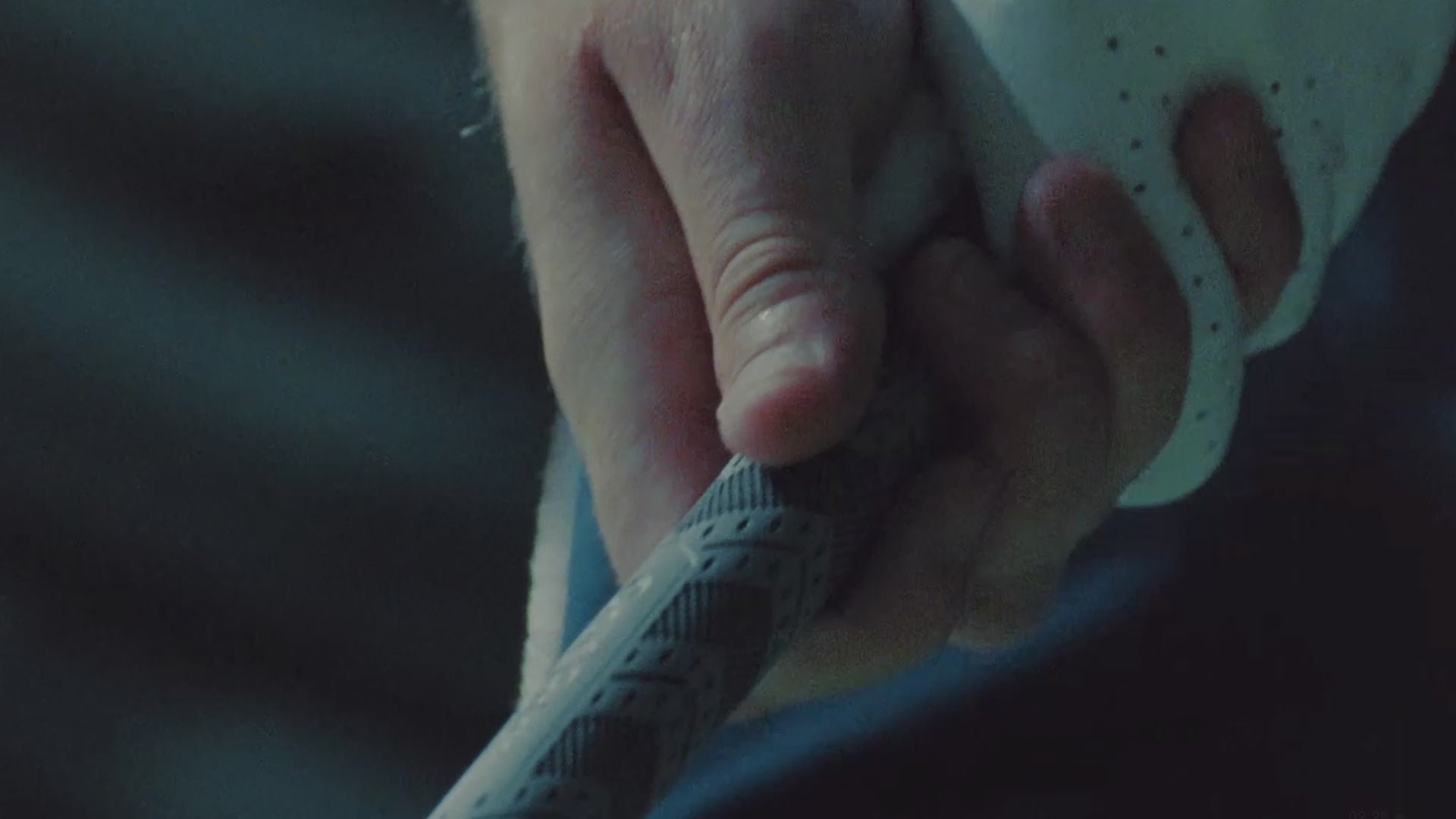This Popular Swing Advice is Actually Disastrous for Your Ball-Striking
Mar 24, 2025
If you're a golfer, you've probably heard this common piece of advice: "Keep your head down."
It's shouted from across driving ranges and muttered on tee boxes worldwide. Friends say it. Playing partners repeat it. Even well-meaning coaches sometimes fall into the trap of vocalizing it.
But here's the uncomfortable truth: This seemingly innocent piece of advice might be the very thing destroying your ball-striking.
As a PGA Professional who's spent decades watching golfers struggle with this misconception, I've seen firsthand how this simple phrase creates more problems than it solves. Let me explain why.
The Head Down Myth
On the surface, the intention behind "keeping your head down" makes sense. After all, looking up too early can cause topped shots and inconsistent contact. But the advice itself misdiagnoses the actual problem.
When a player consciously tries to keep their head down in the golf swing, several destructive things happen.
First, it creates tension in the neck and shoulders — areas that need to remain fluid throughout the swing. This tension restricts your turn and kills power. Second, it often causes golfers to literally push their chin down towards their chest, which disrupts the natural spine angle that's essential for proper rotation.
What's worse, when you're fixated on keeping your head down, you're focusing on the wrong thing entirely. Golf isn't about head position — it's about body rotation and clubface control.
What Actually Happens in a Great Golf Swing
Watch the best ball-strikers in the world. Their heads aren't locked down because they move naturally in their swing. By the time impact occurs, most pros have already begun turning both their head and chest towards the target. This movement isn't a flaw; it's a crucial component of proper sequencing.
The reality is that your head should rotate slightly during the backswing and follow your chest through impact. This natural movement allows your body to fully rotate, generating both power and consistency for optimal contact.
The Real Focus: Center of Pressure
Rather than fixate on their head position in the golf swing, elite players focus on maintaining their center of pressure — essentially, how their weight shifts and distributes throughout the swing. When your center of pressure moves correctly, your head will naturally stay relatively stable without conscious effort.
Think about it this way: your head is attached to your spine. If your spine angle and rotation are correct, your head will be in the right position by default. Trying to manually control head position is like trying to steer a car by grabbing the dashboard instead of the wheel.
A Better Approach
Next time you're on the practice range, try this: Focus on turning your chest fully away from the target in your backswing, maintaining your spine angle, and then rotating your chest towards the target through impact. Let your head move naturally with this rotation.
It might feel a bit uncomfortable at first (or weird), but once you stop obsessing over keeping your head down, your ball-striking should improve. Your swing will become more fluid, your contact more consistent, and your shot distances should increase.
The most liberating part about all of this? You'll finally be able to see your shot as it takes flight, rather than staring at the ground wondering where your ball went.
Golf is challenging enough without adding unnecessary restrictions. Free yourself from the "head down" myth and you'll discover a more natural and more powerful swing.
Remember, the goal isn't to keep your head down, it's to strike the ball with a descending blow while your body rotates towards the target. Everything else is just noise.
Brendon Elliott is an award-winning PGA Professional and golf coach, having earned 25+ Prestigious Industry Awards in his career. As a freelance writer, his golf instruction articles have also been published by PGA.com, PGA Magazine, Golf.com, and GolfWRX. You can discover more about Elliott on his website.






